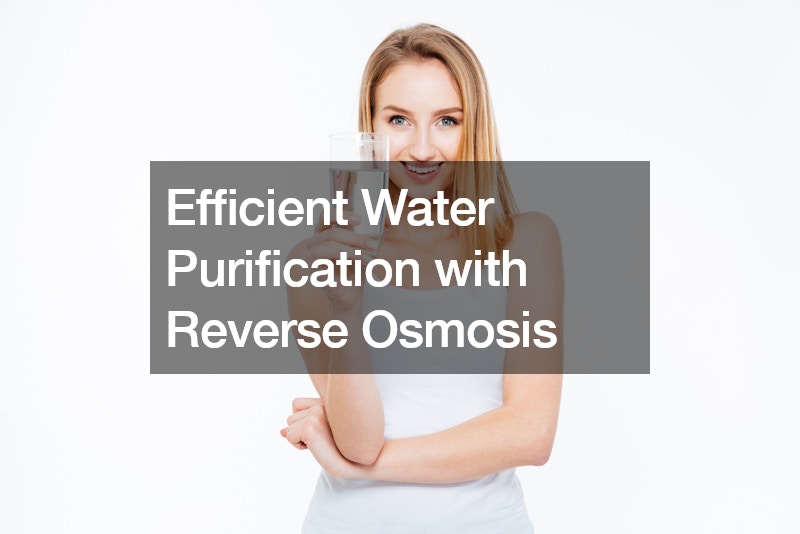

Water purification is a critical process in ensuring safe and clean drinking water, and one of the most effective methods available today is reverse osmosis. This process works by forcing water through a special plastic membrane to remove contaminants such as salts, organic compounds, microorganisms, viruses, and pharmaceuticals. The result is high-quality purified water that is safe for consumption and other uses.
At the heart of the reverse osmosis system are membrane sheets, which are rolled into cylindrical elements. These elements are housed inside long pressure vessels, where the actual purification takes place. When water enters the vessel, it flows over the membrane surface from one end to the other. The membrane used in reverse osmosis is extremely thin, allowing water molecules to pass through while blocking larger contaminants. This selective permeability is key to the system’s effectiveness in removing impurities.
The membrane in reverse osmosis systems removes molecules based on their size, shape, and charge. Generally, contaminants larger than water molecules, including most chemical contaminants and all microorganisms such as viruses and bacteria, are unable to pass through. This ensures that the water that makes it through the membrane is free from harmful substances.
As the water moves through the system, it is separated into two streams: pure water, known as permeate, and concentrated water, known as concentrate. The pure permeate water flows across the membrane sheets, passes through the membrane layers, and collects in the core tube. Meanwhile, the concentrate water, which contains a higher concentration of salts and other substances, exits through a different outlet. This concentrate water can be sent into additional pressure vessels for further processing, allowing for the recovery of even more pure water.
One of the significant advantages of reverse osmosis is its efficiency. Approximately 82 percent of the source water processed through reverse osmosis becomes purified water. This high recovery rate makes reverse osmosis a highly efficient method for water purification, particularly in areas where water resources are limited or where water quality is a significant concern.
In addition to its efficiency, reverse osmosis is also effective in removing a wide range of contaminants. This versatility makes it a popular choice for both residential and industrial water purification applications. By using reverse osmosis, households can ensure that their drinking water is free from harmful pollutants, while industries can achieve the high levels of water purity required for various processes.
In conclusion, reverse osmosis is a highly effective and efficient method for water purification. Its ability to remove a wide range of contaminants, combined with its high recovery rate, makes it an ideal solution for ensuring access to clean and safe water. Whether for household use or industrial applications, reverse osmosis provides a reliable means of producing purified water.
.

